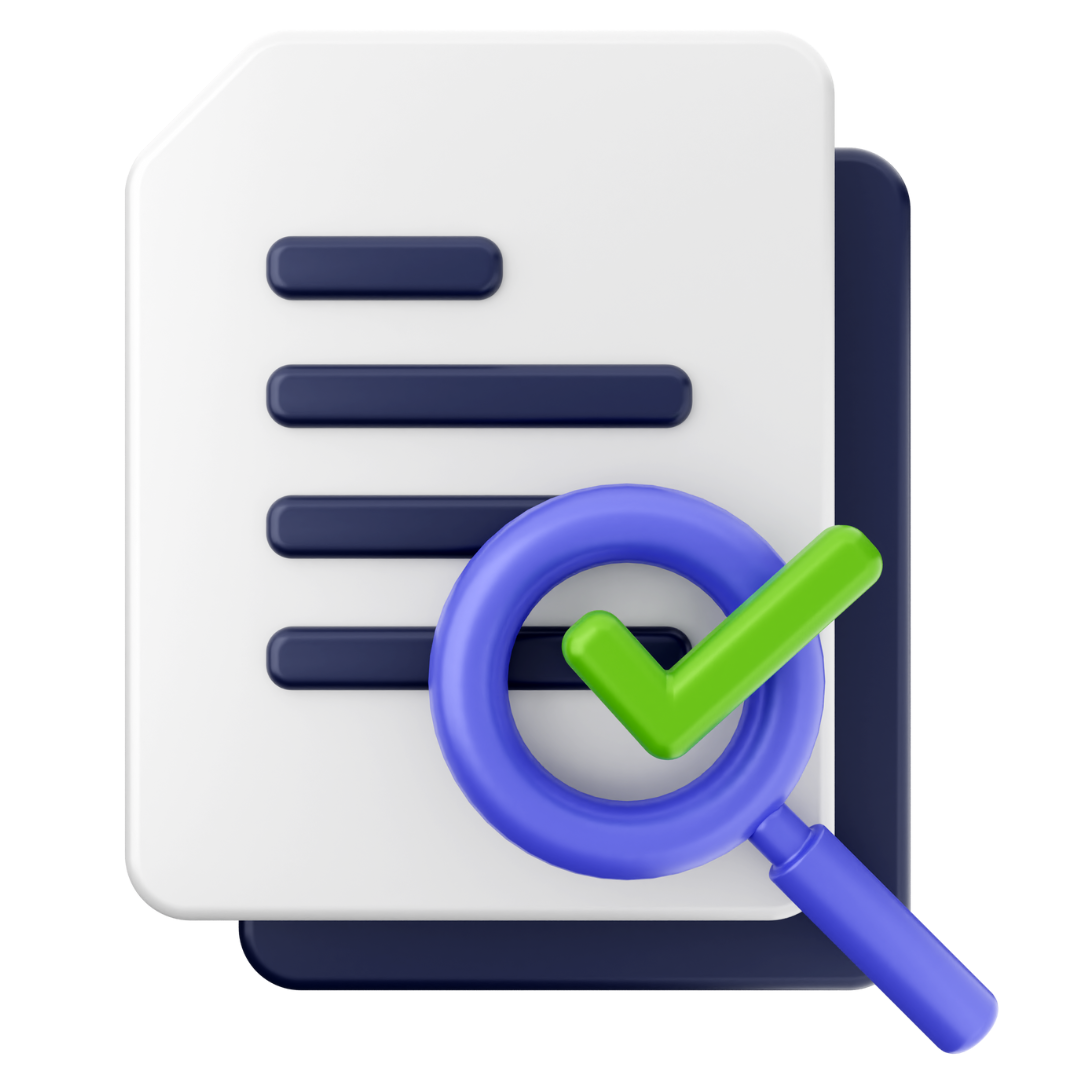Database Assignment help Sample by VAH Experts
How to learn SQL language?
The first step is to choose which implementation of SQL to learn. For example, if you are interested in web development, learning SQL Server is an excellent option as many web applications use SQL Server for data storage.
Add a little HTML experience, and you're ready for the web developer position. Using a combined skill set of SQL and HTML, you'll have the freedom to find meaningful work.
Database Assignment help Sample by VAH Experts
Explain the importance of database management systems (DBMS) in modern businesses and discuss the key components of a DBMS with relevant examples.
A Database Management System (DBMS) is a crucial technology in modern businesses that helps in storing, managing, and retrieving data efficiently. It serves as the backbone of various business applications, ensuring data integrity, security, and easy access. With businesses generating vast amounts of data daily, an efficient DBMS is necessary to handle information systematically and support decision-making. This essay explores the importance of DBMS in modern businesses and discusses its key components with relevant examples.
Importance of Database Management Systems in Businesses
DBMS plays a significant role in modern business operations due to the following reasons:
- Efficient Data Management: A DBMS provides a structured way to store and retrieve data, eliminating redundancy and ensuring consistency.
- Data Security: Businesses deal with sensitive information, and DBMS offers authentication and encryption features to protect data from unauthorized access.
- Improved Decision-Making: A well-structured database helps businesses analyze data and generate reports, leading to informed decision-making.
- Scalability: As businesses grow, DBMS allows easy expansion and management of large datasets without performance issues.
- Data Integrity and Consistency: DBMS enforces data validation rules, ensuring accurate and reliable data is maintained.
Key Components of a DBMS
A DBMS consists of several essential components that work together to manage data effectively:
1. Database Engine
The database engine is the core of a DBMS, responsible for processing queries and storing data. It ensures data is retrieved efficiently and accurately.
Example: In MySQL, the InnoDB storage engine is widely used for handling transactions and maintaining data consistency.
2. Data Definition Language (DDL)
DDL is used to define and modify the database structure, including tables, schemas, and indexes.
Example: A SQL command such as CREATE TABLE Employees (ID INT, Name VARCHAR(50)); creates a new table in a database.
3. Data Manipulation Language (DML)
DML allows users to insert, update, delete, and retrieve data from the database.
Example: The SQL query SELECT * FROM Employees WHERE Department='Sales'; retrieves all employees working in the sales department.
4. Database Schema
The database schema defines the logical structure of the database, including tables, relationships, and constraints.
Example: A relational database schema for an e-commerce platform may include tables for customers, orders, and products.
5. Query Processor
The query processor interprets and executes database queries. It optimizes query performance and ensures fast retrieval of results.
Example: When a user searches for a product on an e-commerce website, the query processor fetches relevant products from the database efficiently.
6. Transaction Management System
A DBMS supports transactions to ensure data integrity and consistency, especially in multi-user environments.
Example: In a banking system, when transferring money between accounts, a DBMS ensures that either both debit and credit operations complete successfully or neither occurs.
Conclusion
Database Management Systems are essential for modern businesses as they provide a structured approach to storing, managing, and retrieving data. The key components of a DBMS, such as the database engine, query processor, and transaction management system, ensure efficient data handling and security. With the growing importance of data-driven decision-making, DBMS remains a critical tool for businesses to improve efficiency, scalability, and security.
Database Assignment help Sample by VAH Experts
What is a relation in MySQL?
Database relation refers to how the data in one table is related to the data in another table. In RDBMS (Relational Database Management System). The term "relational" refers to tables with relationships. Relationships between two tables are created using keys. A key in one table will generally be related to a key in another table. Two tables in a database can also be unrelated.






.png)
.png)
.png)







